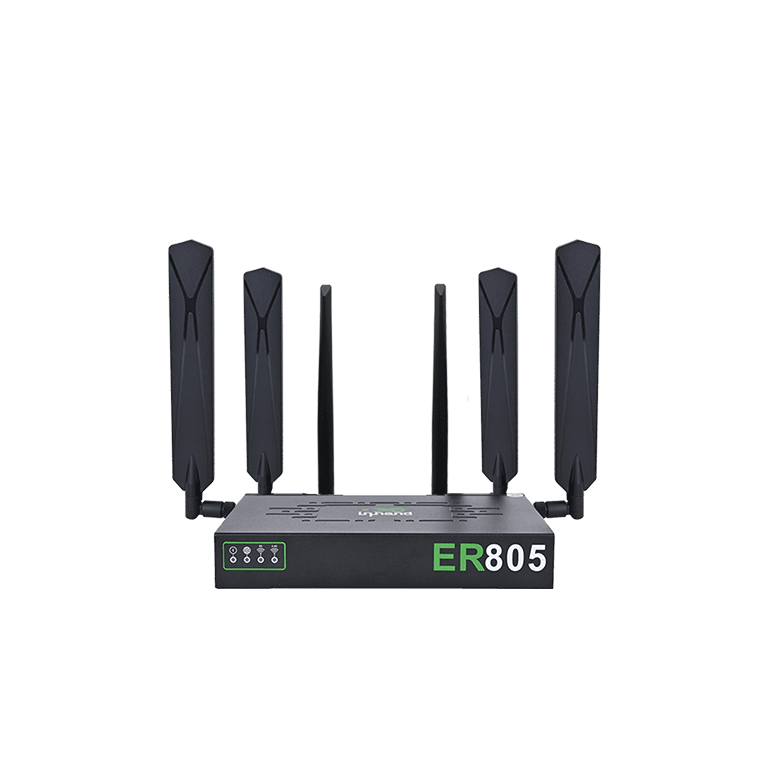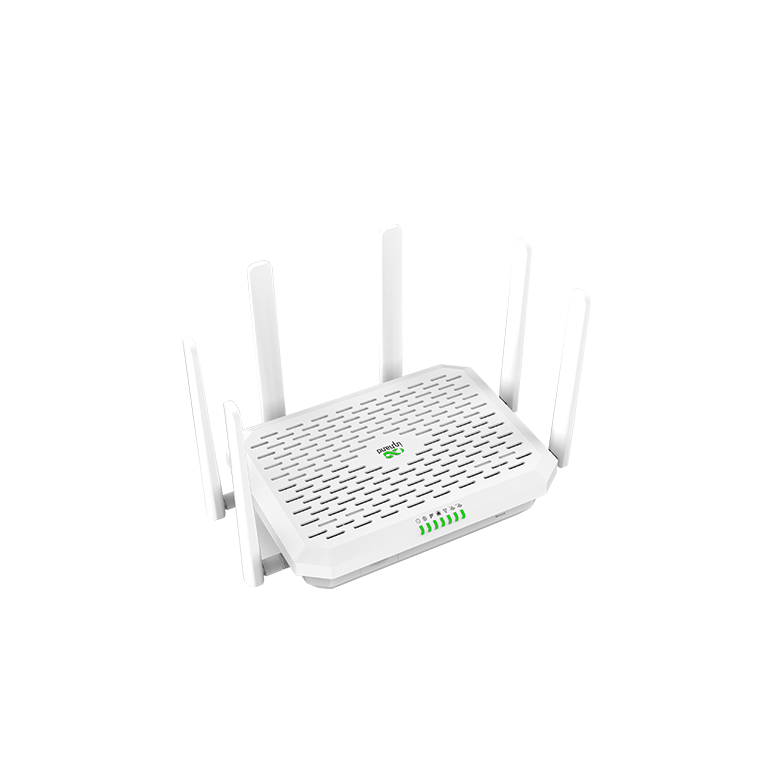
In today’s business landscape, the demand for fast and reliable network performance is more critical than ever. As companies rely on a wide array of internet-based services, from cloud storage to VoIP (Voice over IP) for communication, ensuring that critical applications perform optimally becomes essential. One effective solution is the implementation of traffic shaping — a technique designed to control data flow, manage bandwidth usage, and prioritize traffic for business-critical applications.
What Is Traffic Shaping?
Traffic shaping, also known as packet shaping, is a network management technique used to regulate and optimize data transmission by controlling the flow of traffic into or out of a network. This is achieved by assigning priorities to different types of data packets and adjusting their transmission speed based on business requirements.
By utilizing traffic shaping, businesses can:
- Prevent network congestion.
- Ensure that essential applications such as VoIP and video conferencing receive the necessary bandwidth.
- Manage data usage effectively to avoid overconsumption of limited bandwidth resources.
Limiting WAN Source Upload and Download Speeds for Cellular Data Usage Control
A critical benefit of traffic shaping is its ability to manage and control cellular data usage by limiting WAN source upload and download speeds. For businesses relying on cellular connections for remote or branch networking, data caps and overage fees are common concerns. Cellular WAN links often have strict data limits, and uncontrolled bandwidth usage can quickly lead to costly overage fees or throttling.
Traffic shaping enables businesses to prioritize essential applications while capping data usage for less critical activities. For instance:
- Non-essential traffic, such as large file downloads, streaming, or non-business-related browsing, can have its speeds limited to reduce cellular data consumption.
- Important services, such as VoIP, real-time communications, or critical business applications like CRM platforms, can be guaranteed bandwidth, ensuring they function optimally without hitting data limits.
By shaping traffic this way, businesses can prevent excessive cellular data usage, maintain consistent network performance for essential applications, and avoid unexpected overage charges, leading to more efficient and cost-effective use of cellular data plans.
Bandwidth Reservation for Minimum Bandwidth Application Requirements
Certain applications, particularly those that rely on real-time communication, have minimum bandwidth requirements to function properly. VoIP is a prime example, as it requires a stable and uninterrupted connection with low latency. Any interruption can cause poor call quality, resulting in dropped calls or garbled audio, which can harm business productivity and client relationships.
With traffic shaping, businesses can reserve minimum guaranteed bandwidth for these applications. This process is known as Quality of Service (QoS), where specific applications or types of traffic are prioritized, and a portion of the available bandwidth is reserved to meet their requirements. For instance:
- VoIP services can be given the highest priority, ensuring that even during peak usage times, there is sufficient bandwidth to maintain clear, uninterrupted calls.
- Other bandwidth-sensitive applications like video conferencing, virtual desktops, or cloud services can also be reserved for uninterrupted functionality.
This ensures that critical business operations that rely on real-time data are protected from performance degradation, even if the network becomes congested.
Use Cases for Traffic Shaping in Business Networks

For businesses with branch offices or remote locations, traffic shaping plays a pivotal role in optimizing their network performance. Below are some use cases:
- Remote Office Optimization – Remote offices often rely on WAN links to connect to the corporate network. Traffic shaping ensures that file sharing, cloud apps, and VoIP calls are prioritized over less critical traffic, reducing latency and improving user experience.
- VoIP Call Quality Assurance – VoIP services are increasingly replacing traditional phone lines for many businesses. Ensuring consistent, high-quality calls requires prioritizing voice packets through traffic shaping, reducing jitter, packet loss, and latency.
- Application Prioritization for Critical Operations – Businesses may rely on various applications for day-to-day operations. Traffic shaping ensures that essential applications like ERP or CRM systems are not compromised due to bandwidth-heavy activities such as video streaming or social media usage.
- Cost Savings on Bandwidth – By controlling bandwidth usage and limiting unnecessary data consumption, businesses can avoid excessive costs related to data overages and optimize the use of their WAN links. In scenarios where the internet service provider (ISP) charges based on bandwidth consumption, traffic shaping offers a strategic way to control expenses.
- Branch Network Continuity – Traffic shaping can help maintain smooth operations across multiple branch locations by ensuring that critical services are available at all times, even during periods of high demand.
Conclusion
In the increasingly connected business world, managing bandwidth and controlling data usage are essential for optimizing network performance and preventing costly overage charges, especially for companies relying on cellular WAN connections. Traffic shaping allows businesses to prioritize critical applications, limit non-essential data usage, and ensure reliable operation across all branches and remote sites. By strategically controlling upload and download speeds, organizations can maximize their cellular data plans and avoid disruptions caused by excessive bandwidth consumption.
InHand Networks offers a robust solution to these challenges with our 5G routers, such as the FWA02 and ER805. These routers come equipped with traffic shaping capabilities, allowing businesses to precisely manage data usage and prioritize essential applications. Whether it’s bandwidth reservation for VoIP or data control to prevent overages, InHand Networks’ 5G routers provide the flexibility and reliability needed for modern business networks.

